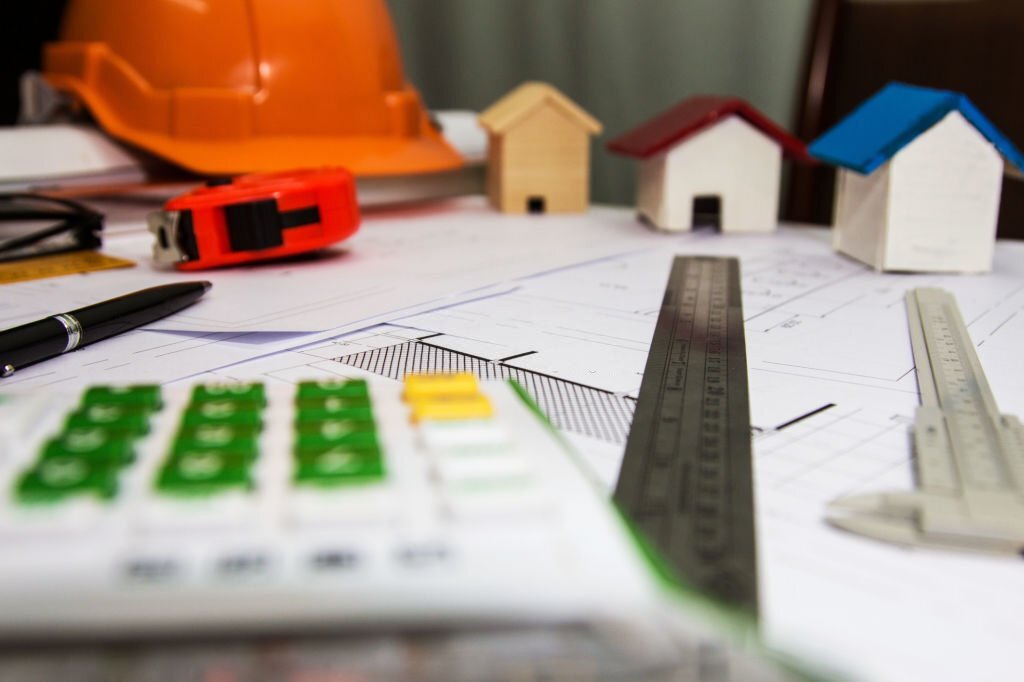Introduction:
In today’s rapidly evolving world, the need for accurate electrical estimation is paramount. Whether you’re planning a residential renovation or a large-scale industrial project, understanding the intricacies of electrical estimation is crucial to ensure your venture’s success. This guide will delve into the world of estimate electrical in Canada and the USA, offering insights, tips, and key considerations to help you navigate this essential aspect of your project.
Understanding Electrical Estimation
To kick things off, let’s break down what electrical estimation is and why it’s such a vital component of any construction project. Electrical estimation involves the calculation and prediction of the electrical materials, labor, and associated costs required to complete an electrical installation or upgrade. It forms the foundation of budget planning and project management, ensuring that all your electrical needs are met while staying within your financial constraints.
Regulatory Variations in Canada and the USA
One of the key factors differentiating electrical estimation in Canada and the USA is the regulatory framework. These two neighboring countries have their own distinct sets of electrical codes and standards, which dictate the design, installation, and maintenance of electrical systems. In Canada, the Canadian Electrical Code (CEC) is the governing document, while the United States adheres to the National Electrical Code (NEC). Familiarizing yourself with the relevant code for your project’s location is essential to ensure compliance and safety.
Environmental Factors
Canada and the USA encompass diverse geographical and environmental conditions, which can significantly impact electrical estimation. In Canada, you might encounter projects in regions with extreme cold, while the USA has areas prone to hurricanes and tornadoes. Understanding how these factors can affect your electrical installation is crucial for accurate estimation and long-term reliability.
Labor and Material Costs
Estimating electrical costs involves an assessment of labor and material expenses. Labor rates can vary significantly across provinces and states, influenced by local demand, union regulations, and other factors. Similarly, material costs are influenced by market conditions, transportation, and the availability of specific components. Staying up-to-date with these fluctuations is essential for an accurate estimate.
Energy Efficiency and Sustainability
In today’s environmentally conscious world, energy efficiency and sustainability play a pivotal role in electrical estimation. Both Canada and the USA have stringent regulations promoting energy-efficient electrical systems. Incorporating these eco-friendly practices into your estimation not only aligns with current standards but also leads to long-term cost savings.
Conclusion
As we conclude our exploration of electrical estimation in Canada and the USA, it’s evident that this is a multifaceted field with numerous factors to consider. The ability to navigate the regulatory landscape, adapt to environmental conditions, and stay abreast of labor and material costs is essential. Furthermore, embracing energy-efficient and sustainable practices is not just a choice but a necessity. By considering all these elements, you can develop a well-informed and accurate electrical estimation for your projects in both Canada and the USA. In the end, a comprehensive understanding of electrical estimation will not only save you money but also ensure the success of your electrical endeavors.

